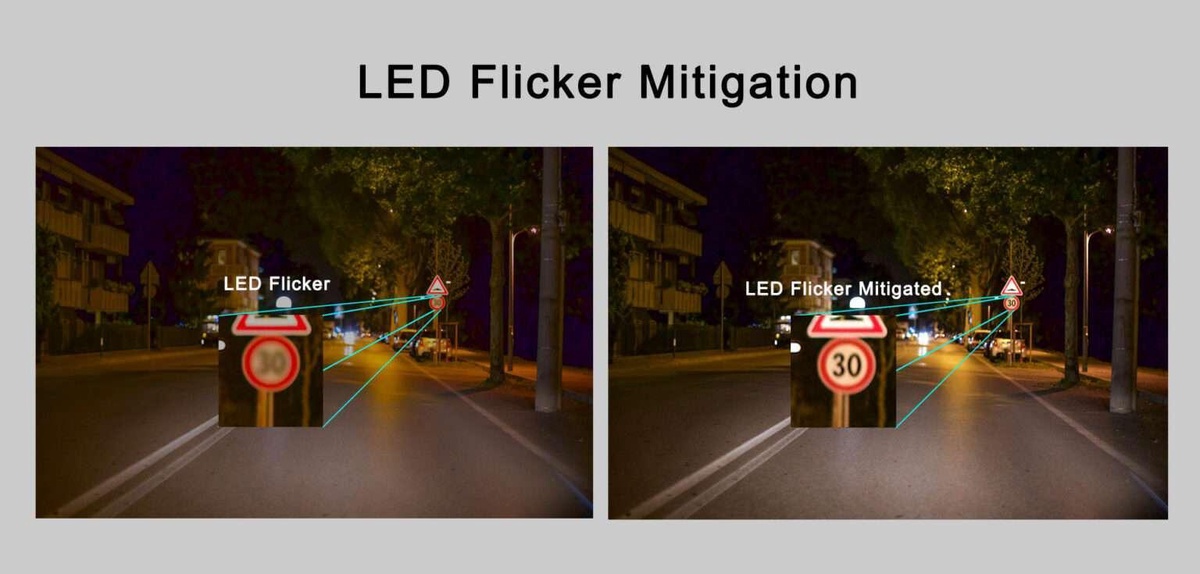Introduction:
In recent years, Light Emitting Diode (LED) lighting has become the go-to choice for energy-efficient illumination. However, one persistent issue has cast a shadow on its popularity - LED flicker. In this blog post, we will delve into the world of LED flicker mitigation, exploring the causes, consequences, and effective solutions to ensure a seamless and flicker-free lighting experience.
Understanding LED Flicker:
LED flicker refers to the rapid and repetitive changes in light output that can occur with certain LED light sources. While imperceptible to the naked eye, this flickering can have adverse effects on health, productivity, and overall well-being. Commonly attributed to power supply fluctuations, LED flicker has garnered attention as a potential concern in both residential and commercial settings.
The Causes of LED Flicker:
-
Power Supply Variability: LED luminaires are highly sensitive to fluctuations in power supply. Inconsistent voltage levels can result in uneven current flow through LEDs, leading to flicker.
-
Pulse Width Modulation (PWM): PWM is a dimming technique used in LED lighting to control brightness. However, poorly implemented PWM systems can cause perceptible flicker, especially at lower dimming levels.
-
Driver Quality: The quality of LED drivers significantly influences flicker. Low-quality drivers may lack the necessary components to regulate current and voltage effectively, resulting in flickering issues.
LED Flicker Mitigation Techniques:
-
Advanced Driver Technology: Investing in luminaires with high-quality drivers is crucial for effective LED flicker mitigation. Advanced driver technology ensures stable current and voltage, minimizing the chances of flickering.
-
Improved Power Supplies: Employing reliable power supplies that deliver consistent voltage levels is essential. This helps in reducing power supply variability and mitigating the impact of voltage fluctuations.
-
Smart Dimming Systems: Implementing smart dimming systems with improved PWM algorithms can enhance dimming performance and minimize flicker. These systems offer smoother dimming transitions, making them ideal for applications where dimming is a common requirement.
-
Flicker-Free Certifications: Look for LED products that carry flicker-free certifications. These certifications indicate that the lighting product has undergone testing to ensure minimal flicker, providing consumers with peace of mind regarding their lighting choices.
Conclusion:
As LED lighting continues to revolutionize the way we illuminate our spaces, addressing the issue of flicker becomes paramount. LED flicker mitigation is not only crucial for the comfort and well-being of occupants but also for maintaining the credibility of LED technology. By understanding the causes of LED flicker and implementing effective mitigation techniques, we can usher in a brighter future where LED lighting stands out not only for its energy efficiency but also for its flicker-free brilliance.


No comments yet